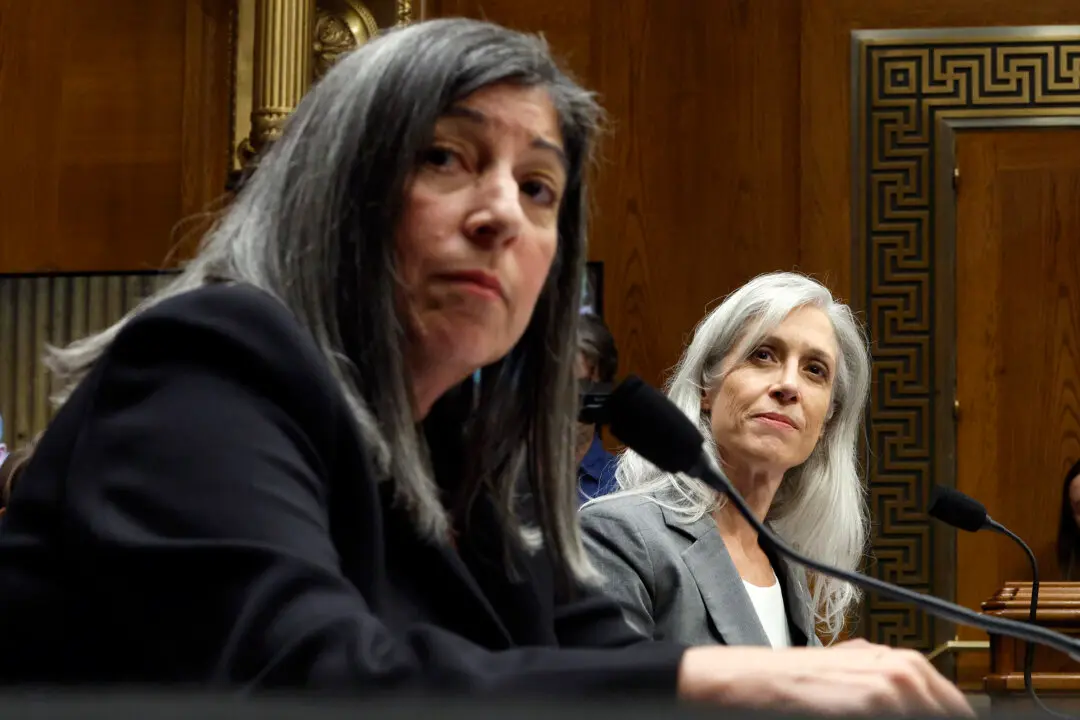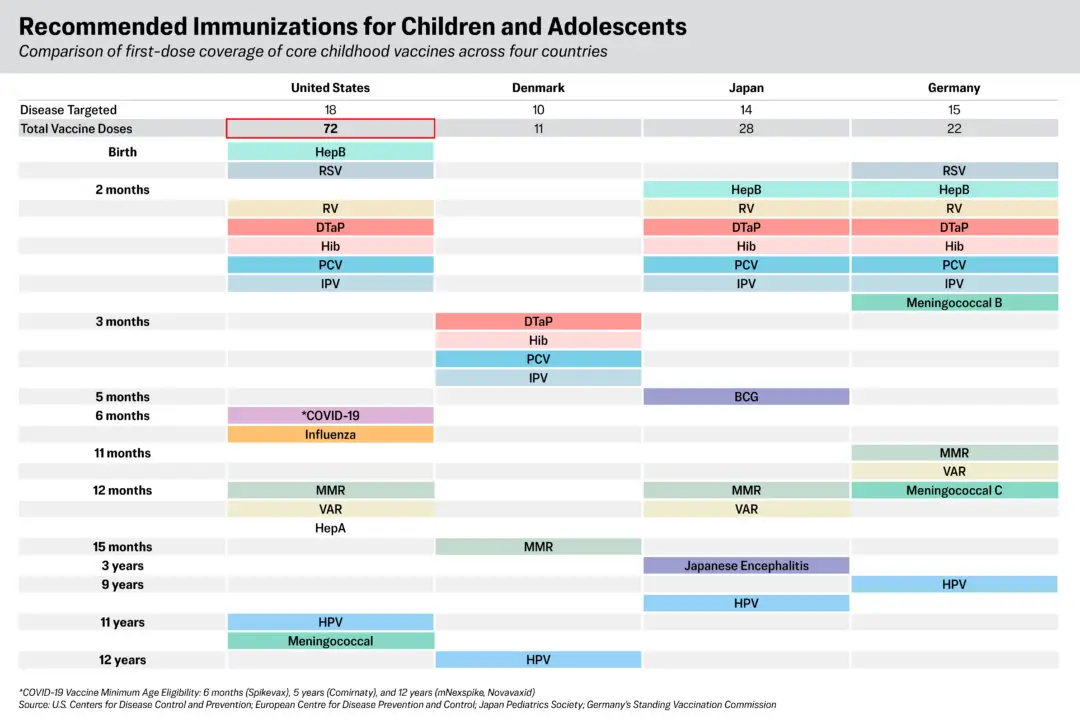The Department of Defense (DOD) on Tuesday denied a report that alleged Pentagon officials plan to launch a program to screen social media content for extremist material.
“I think there’s some misreporting on this. Actually I don’t think there’s been misreporting, I know there’s been misreporting. There’s no pilot program run by Mr. Garrison or the extremist working group to examine social media,” John Kirby, the Pentagon’s press secretary, told reporters in Virginia.





